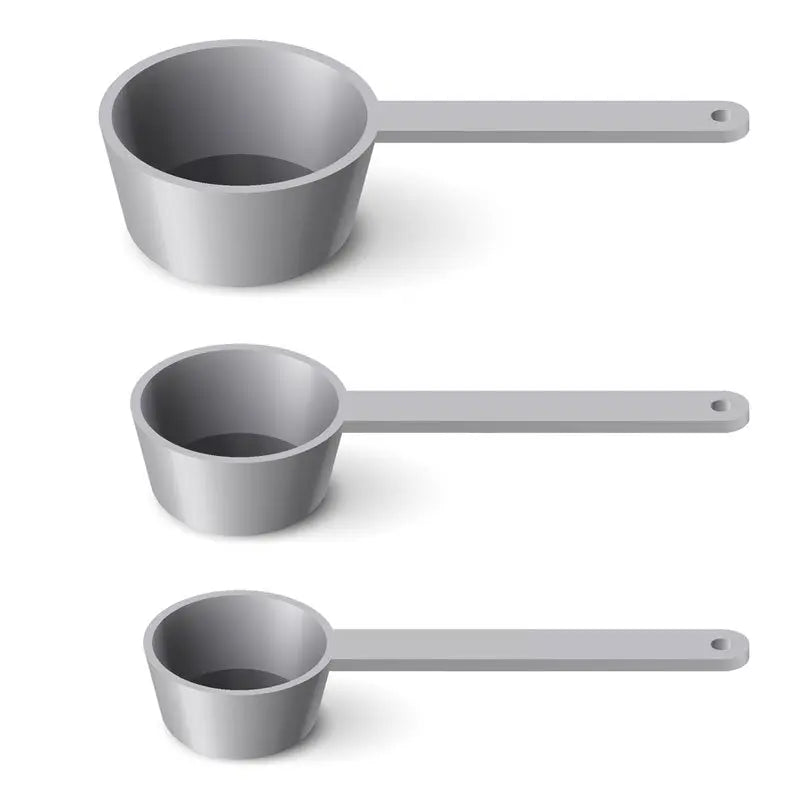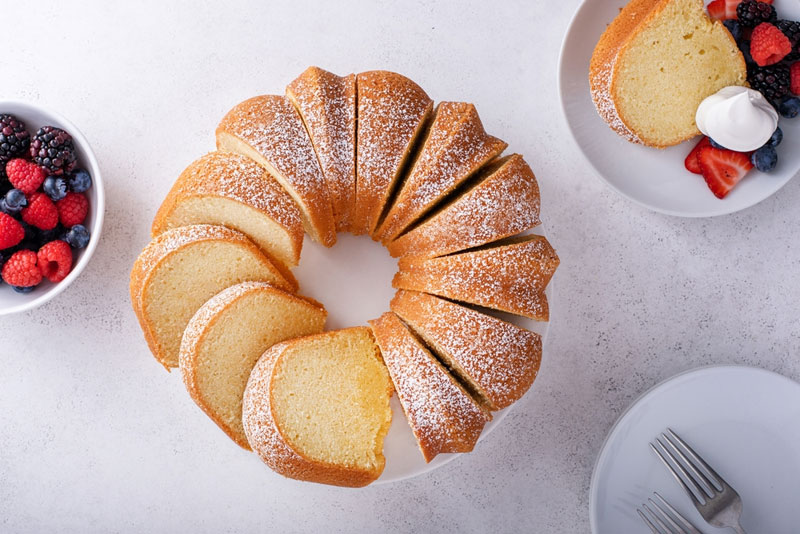
Top 4 Ways to Adapt Baking Recipes for Different Pan Sizes
Baking is both an art and a science, a delightful dance of precision and creativity. One crucial aspect often overlooked by home bakers is the size and type of baking pan used. Have you ever wondered why your perfectly followed recipe didn't turn out as expected? The answer might lie in the pan size. In this comprehensive guide, we'll explore the nuances of adapting baking recipes for different pan sizes, ensuring that your baked goods turn out perfectly every time.
Importance of Pan Size in Baking

Pan size can significantly affect the outcome of your baking. A pan too big can lead to overcooked edges and an undercooked center, while a pan too small might cause the batter to overflow, leading to a baking disaster. The key is understanding how pan size affects cooking time, temperature, and the baked product's depth and texture.
The Basics of Pan Volumes and Surface Areas
Before diving into adjustments, it's essential to understand the volume and surface area of different pans.
- A standard 9-inch round cake pan holds about 8 cups of batter, while a 9-inch square pan holds about 11 cups.
- Understanding these differences is crucial for adapting recipes.
- Measure your pan's volume by filling it with water, cup by cup, to see how much it holds.
Top 4 Ways
To adapt baking recipes for different pan sizes, consider these key points:
- Understanding and Adjusting to the Pan's Volume: Assess the volume of your chosen pan compared to the original recipe's pan. Measure the volume by filling the pan with water and adjusting recipe quantities based on this difference. Adapt baking times and temperatures according to the depth of the pan - deeper pans require longer, lower-temperature baking, whereas shallower pans need less time at higher temperatures.
- Modifying Baking Times and Temperatures: It's essential to adapt baking times and temperatures when using different pan sizes. Thicker batters in deeper pans need more time at lower temperatures to cook thoroughly, while thinner batters in shallower pans cook faster at higher temperatures. Always check for doneness using a toothpick or cake tester, especially as the recommended baking time ends.
- Leveraging the Power of Baking Ratios: Understanding the fundamental ratios of baking ingredients (like the 1:1:1:1 ratio for flour, butter, eggs, and sugar in pound cakes) can help maintain the structure and texture of the recipe when scaling it up or down. This knowledge is particularly beneficial for baked goods like cakes and bread.
- Embracing the Art of Experimentation: Experiment with various pan sizes and shapes to discover unique presentations and textures in your baked goods. Be aware that altering the pan size can change the texture and appearance of the final product. Documenting your experiments will help refine your techniques and adapt recipes more effectively in the future.
Read more About Food Saver Containers: Prolonging Shelf-Life Made Easy
Dealing with Different Pan Materials

The material of the baking pan can also influence the outcome. Dark metal pans absorb more heat and can lead to faster browning, whereas glass pans might require a temperature reduction of 25°F. Always consider the pan material when adapting recipes.
Adjusting for Specialty Pans
Consider the unique shape and depth when using specialty pans like bundt or loaf pans. A bundt pan, for example, requires a denser batter to hold its shape and might need longer baking times due to its depth.
Tips for Perfect Baking Every Time

Always preheat your oven for at least 15-20 minutes.
- Use an oven thermometer to ensure accurate temperature.
- Wait to open the oven door too often, as it can lead to uneven baking.
- If you need clarification on doneness, use a toothpick or a cake tester.
- Allow your baked goods to cool in the pan for the time specified in the recipe before transferring them to a wire rack.
Converting Cake Recipes to Cupcakes
Converting cake recipes to cupcakes is a popular trend. The key is to reduce the baking time. Cupcakes usually bake faster than cakes. A cake recipe that bakes for 30 minutes might only need 20 minutes for cupcakes.
Troubleshooting Common Baking Issues
If your cake sinks in the middle, it might be due to overfilling the pan or under baking. If the edges are burnt, but the center is undercooked, your pan might be too small or the oven too hot.
Conclusion
Mastering the art of adapting baking recipes for different pan sizes is an invaluable skill that unlocks a world of culinary possibilities. By understanding and adjusting to your pan's volume, modifying baking times and temperatures, leveraging the power of baking ratios, and embracing experimentation, you can ensure that your baked creations turn out perfectly, regardless of the pan you use. Remember also to consider the material of your baking pan and the unique requirements of specialty pans. With these guidelines and tips, you can tackle any baking challenge, from converting cake recipes to cupcakes to troubleshooting common baking issues. So, preheat your oven, grab your favorite pan, and prepare to bake confidently and creatively, transforming simple ingredients into delectable treats that delight and impress.


